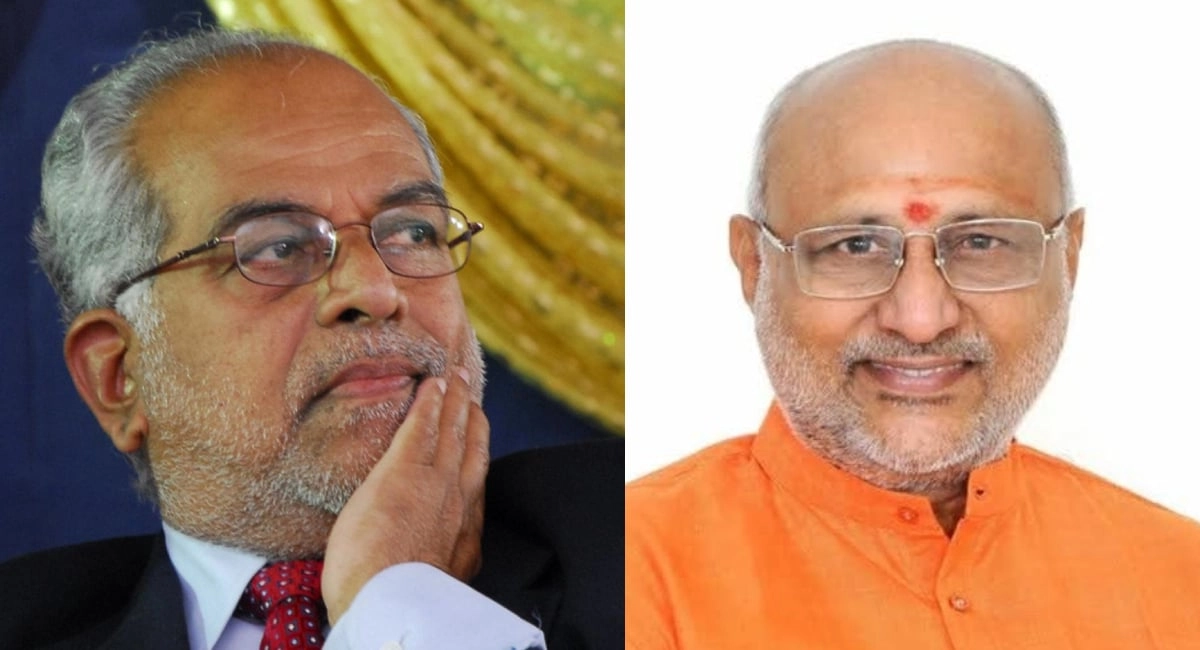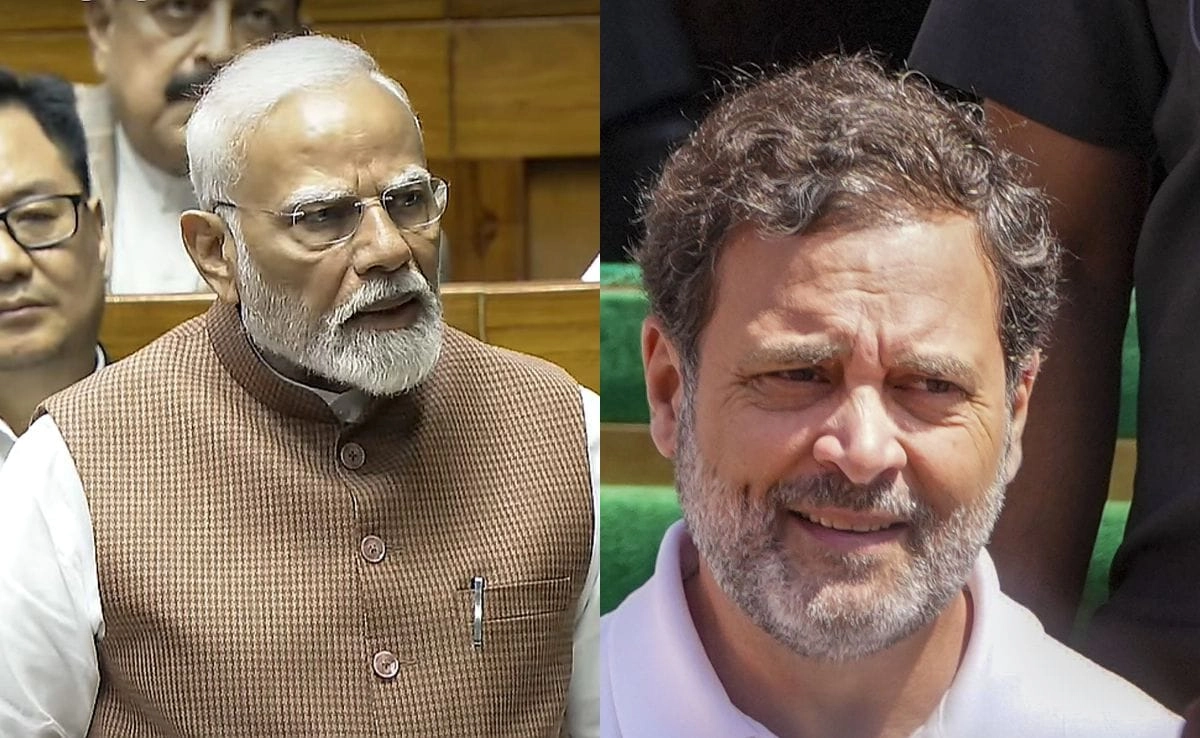The political landscape in India is poised for a significant shift as voting begins at 10 AM for the position of Vice President. This election comes at a critical juncture, with the Bharatiya Janata Party (BJP) facing off against a coalition of opposition parties known as INDIA. The outcome of this election not only holds the potential to influence the immediate political dynamics but also reflects the broader ideological contest between the ruling party and its opponents.
The BJP, which has been in power for several years, seeks to strengthen its hold on the country by securing the Vice Presidency. This position is not merely ceremonial; it plays a crucial role in the legislative processes and can significantly impact the functioning of Parliament. The party’s candidate is expected to appeal to a wide range of voters, emphasizing stability and continuity in leadership. Conversely, the INDIA coalition, comprising various opposition parties, aims to present a united front against the BJP’s dominance, advocating for a more inclusive and representative governance model.
As the voting commences, the stakes are high for both sides. The BJP’s strategy will focus on leveraging its achievements and addressing the concerns of the electorate, while the opposition will likely highlight issues such as economic challenges, social justice, and democratic integrity. This election, therefore, is more than just a contest for the Vice Presidency; it symbolizes a deeper ideological battle that could shape the future of Indian politics. The outcome will be closely watched, as it may signal shifts in voter sentiment and set the tone for upcoming elections in the country. As results unfold, the political ramifications will undoubtedly resonate beyond the immediate context, influencing alliances and strategies in the months to come.




